1. Burying Coins Under the Threshold

In ancient Rome, it was common to bury coins or small treasures beneath the threshold of a home during its construction. This wasn’t just about wealth, it was a superstition meant to bring prosperity and good fortune to all who lived there. The threshold was seen as the barrier between the safety of the home and the unpredictable world outside, so adding a little wealth there was thought to protect the household from poverty says MSN.
This practice caught on in other cultures too, sometimes with silver or iron objects believed to ward off evil. People believed spirits could enter through the doorway, so they tried to make it a blessed, protected place. Even today, some homeowners tuck lucky charms or small heirlooms near the entryway. It’s not exactly common knowledge, but if your grandma ever insisted on putting a penny by the front step, now you know why. That small act was rooted in a centuries-old belief that your home should literally start on a foundation of luck adds AOL.
2. Avoiding Staircases with 13 Steps
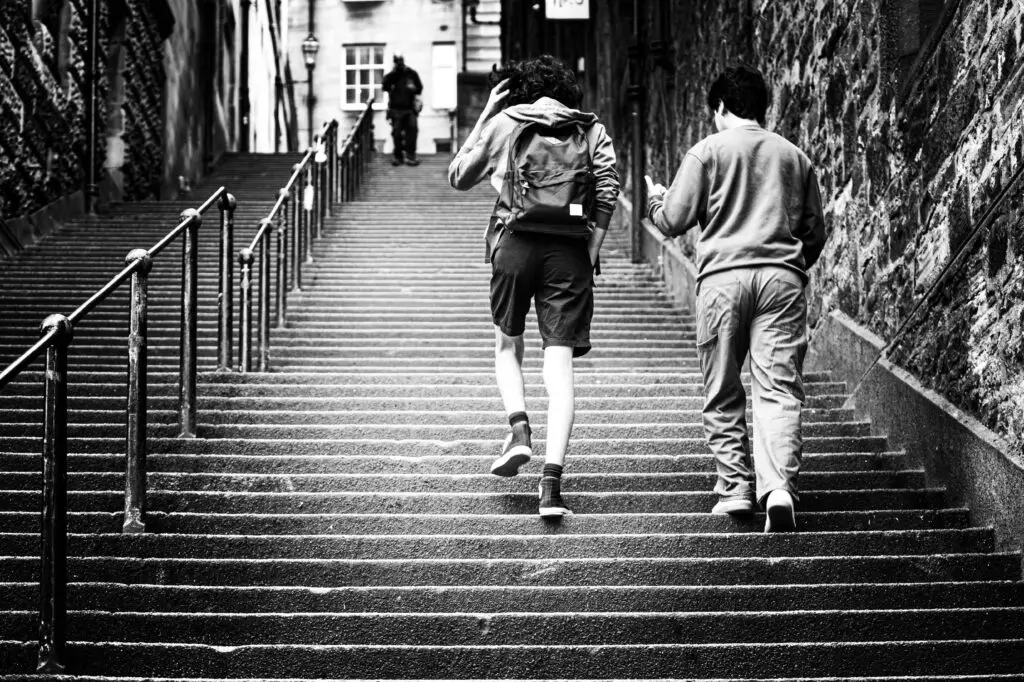
That fear of the number 13 goes way back, and it definitely found its way into house design. In medieval Europe, people went out of their way to avoid building staircases with exactly 13 steps, believing it brought bad luck or even death. It didn’t matter if the design made sense, superstition won shares Quora.
Some architects would add a small landing or split staircases to keep the total at a “safe” number. Even now, some older homes have quirky stairs that don’t quite make sense, just because someone long ago didn’t want to tempt fate. This is also why many modern buildings skip the 13th floor entirely. Whether you believe in it or not, the number 13 has shaped a surprising number of interiors. Just count your stairs next time you visit an old house shares Contractors.com.
3. Placing Mirrors Facing the Front Door
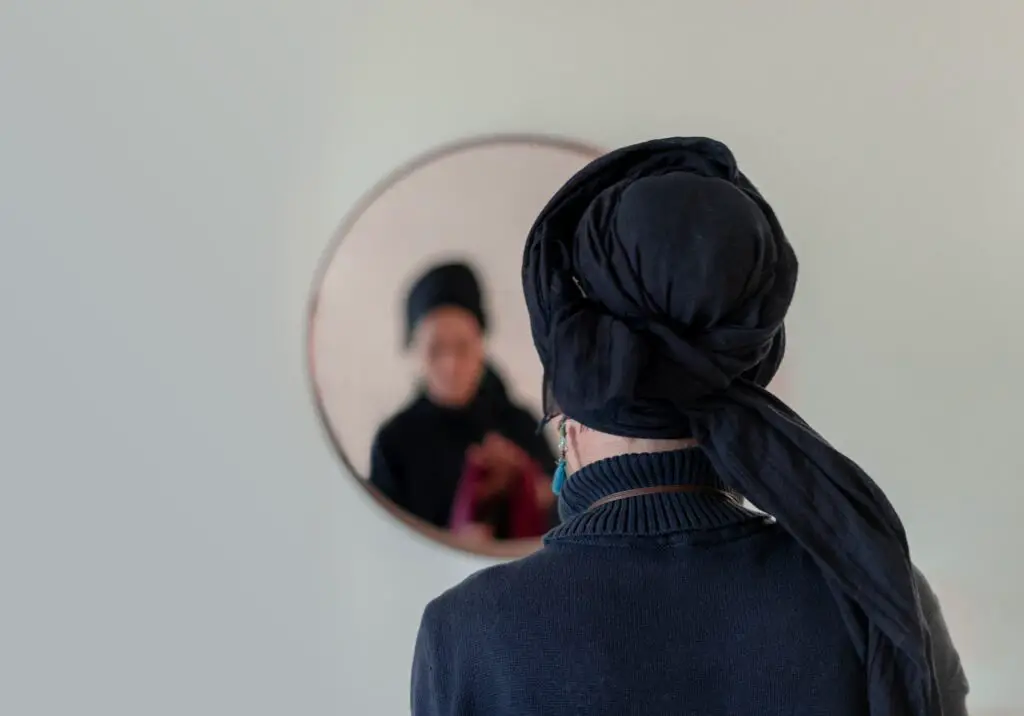
In many traditional Chinese homes, you’ll often find a mirror hanging directly across from the front door. This isn’t just for checking your hair on the way out, it’s rooted in Feng Shui beliefs that a mirror there reflects energy—or “chi”—right back out the door. Basically, good luck comes in and the mirror bounces it away.
To counter that, mirrors were sometimes deliberately angled or removed altogether near entryways. People truly believed that improperly placed mirrors could lead to financial troubles or family discord. It’s fascinating how a simple household item took on so much meaning. Even today, some homeowners still consult Feng Shui guidelines when placing mirrors. You never know when a reflection could change your fortune.
4. Building Round Homes to Confuse Spirits

In parts of Africa and Asia, ancient communities believed that evil spirits traveled in straight lines. So, to keep them from sneaking into homes, some people built round or circular dwellings. The logic was that without corners to hide in or direct paths to follow, spirits would get confused and leave.
Circular huts, yurts, and domed homes were not just practical for airflow and space, they were spiritual armor. This belief influenced entire village layouts in some cultures. Even today, round architecture is often seen as peaceful or sacred. There’s something about that shape that just feels protective. Maybe those old superstitions were on to something.
5. Hanging Garlic by the Door
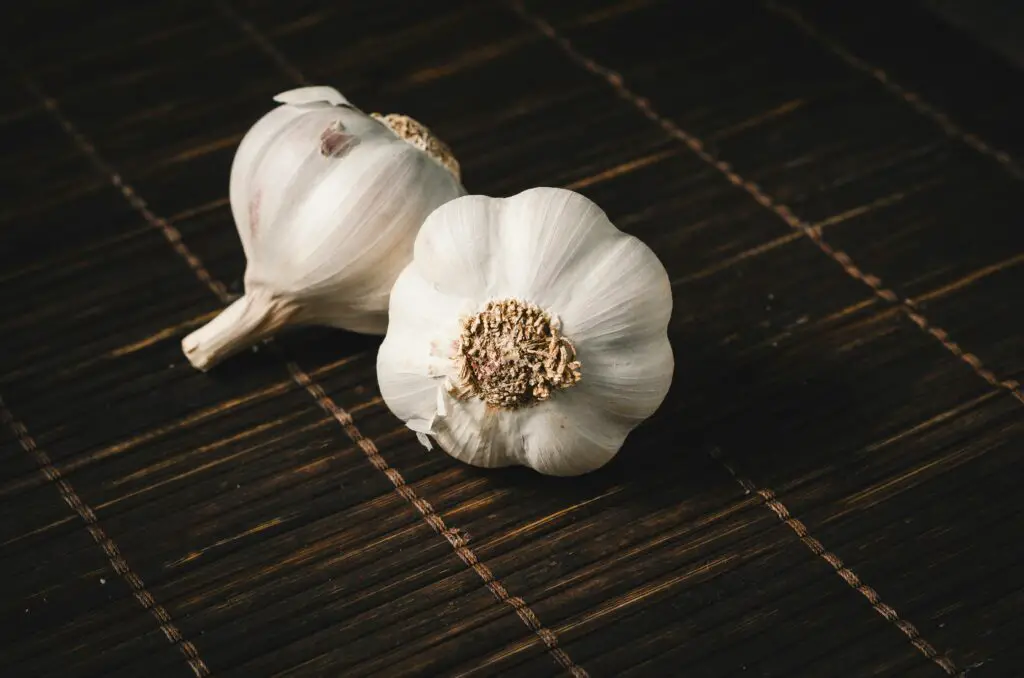
Long before it was a vampire deterrent in movies, garlic was used by ancient Greeks and Romans as a spiritual shield. People would hang garlic cloves above doorways or in windows to keep away evil spirits and illness. It was believed to absorb negative energy and act as a kind of protective charm.
In households where sickness struck often, garlic bundles were tied with string and left to dry near the entrance. Some even tucked cloves into wall cracks. Beyond the health benefits we now know garlic has, it clearly had a serious reputation. You can still spot this tradition in some rural areas today. It’s one superstition that definitely left a mark—and a smell.
6. Painting Doors Red for Protection
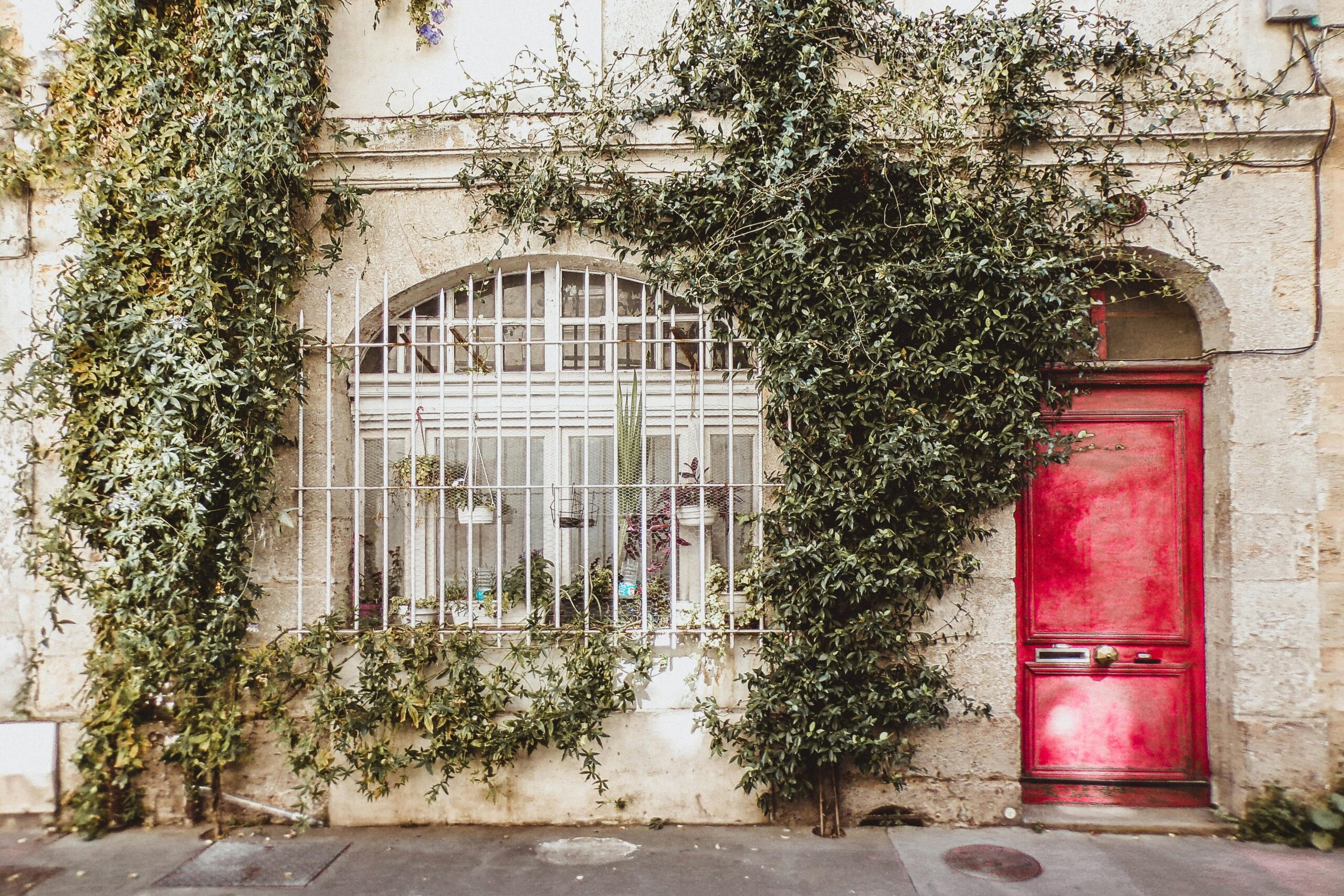
In colonial America and parts of Scotland, painting your front door red was more than just a bold design choice. It signified protection and safety, and was sometimes linked to biblical references like the Passover. Red doors were thought to ward off evil and misfortune while inviting positive energy in.
Some people also believed a red door meant the home was paid off, adding another layer of comfort and pride. It became a sign that your home was a place of rest and refuge. Over time, this color choice stuck around, even as the original reasons faded. Today, it might just be a pop of color, but for some, it’s still symbolic. That’s the magic of home superstitions—they live on, whether we know it or not.
7. Placing Iron Objects Above Doorways
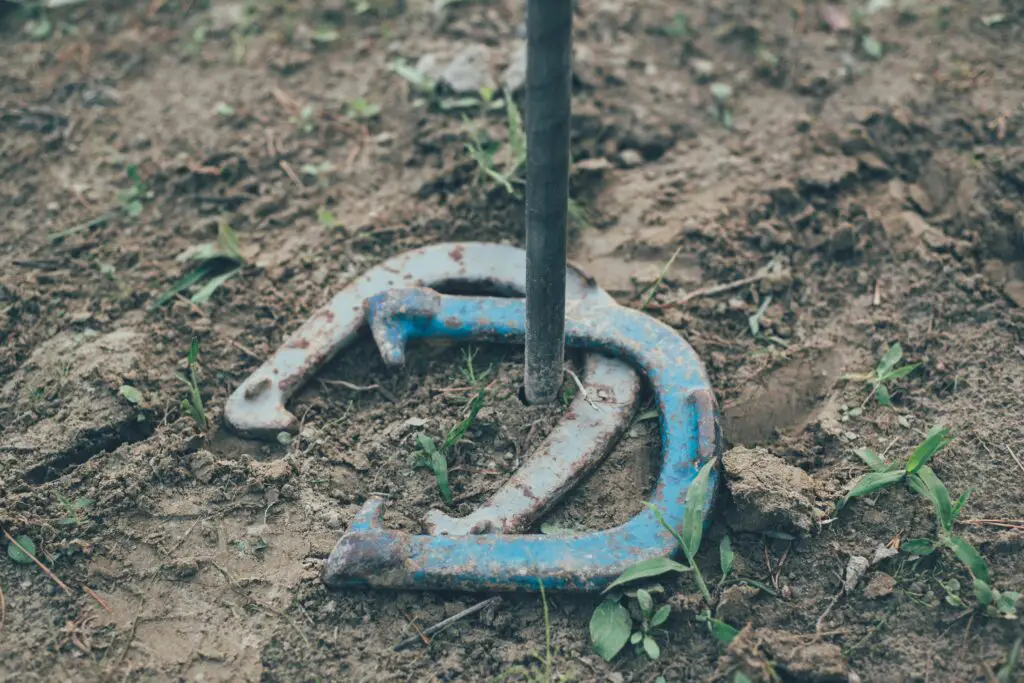
Iron has long been believed to have protective powers, especially in ancient Europe. It was common to nail an old horseshoe or iron object above the front door to keep out witches or evil spirits. People didn’t necessarily understand metal science, but they believed iron disrupted supernatural forces.
The most popular version of this tradition is the upward-facing horseshoe, which was said to “catch” good luck. Some turned it downward to let the luck pour onto visitors. Either way, iron became a quiet bodyguard for households across generations. You’ll still see rusty horseshoes above barn doors and old cottages. Superstition or not, it’s a nod to the past that continues to hang on.
8. Avoiding Bedrooms Facing the Front Door
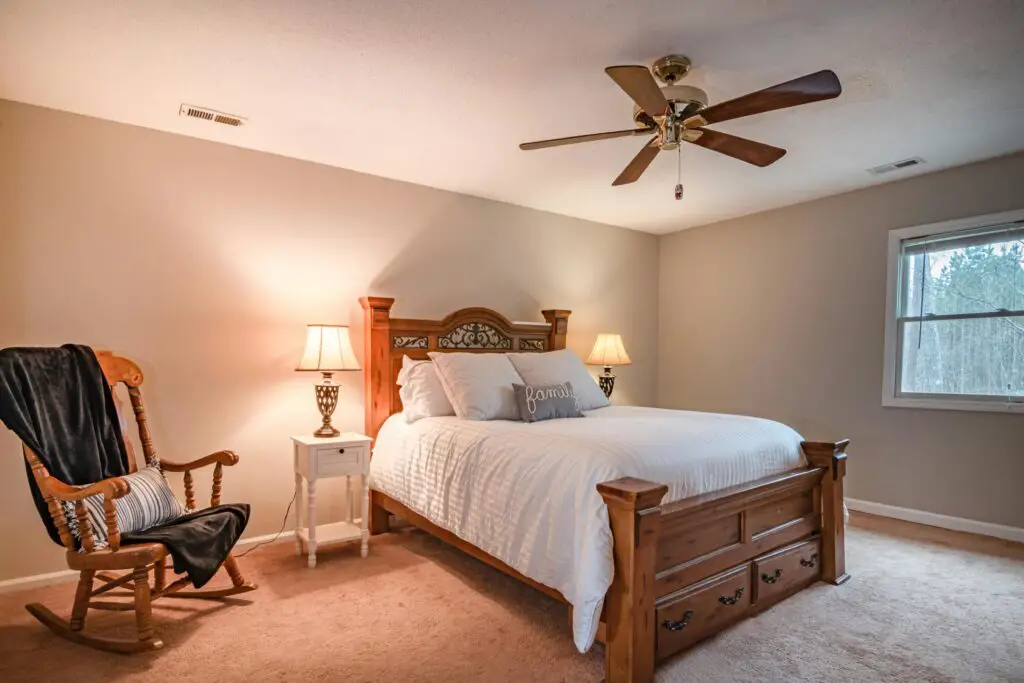
According to Feng Shui and other traditional beliefs, having your bedroom directly aligned with the front door is bad news. This setup is said to create a “coffin position,” where the feet point straight out the door, symbolizing death. For centuries, people arranged their homes to avoid this alignment entirely.
It wasn’t just about sleep, it was about life and energy flow. People believed that spirits could more easily enter the body during sleep if the bed faced the door. This led to creative floor plans and oddly angled bedrooms. Even modern homebuyers sometimes ask about this layout detail. It’s one of those ancient ideas that still has people adjusting their furniture just in case.
9. Using Blue Paint to Scare Off Spirits
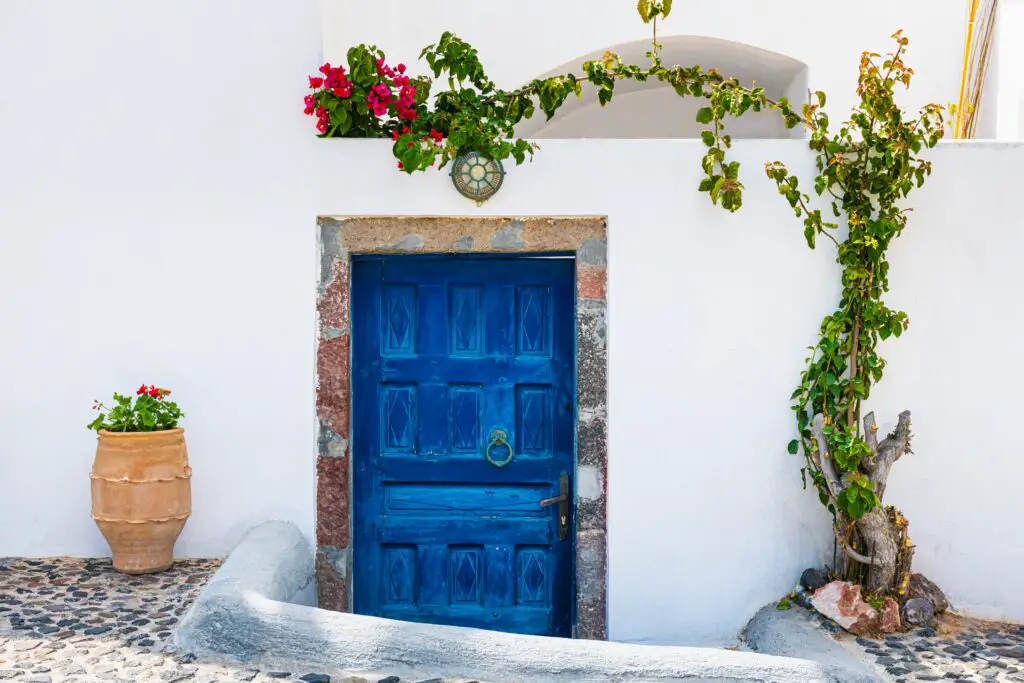
In the American South, particularly among the Gullah people, homes were often painted a light blue called “haint blue.” The belief was that this specific shade would confuse or repel restless spirits, known as haints. It was commonly applied to porch ceilings, shutters, and sometimes entire exteriors.
The idea was that spirits wouldn’t cross water, and the blue mimicked the color of the sky or sea. This tradition had deep roots in African and Caribbean spiritual beliefs. Even today, many homes in the South keep up the blue ceilings as a charming tradition. But to some, it’s still very much about spiritual protection. It’s a gentle, beautiful reminder of how culture and superstition often meet in design.
10. Sealing Shoes into the Walls
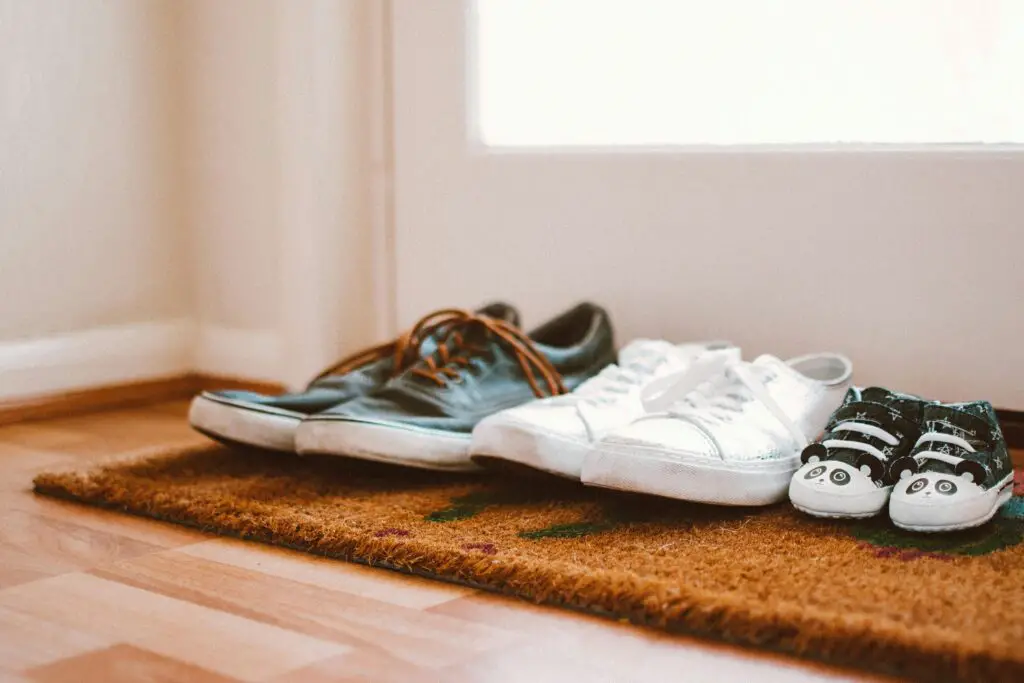
This one might sound strange, but it actually happened. In England and parts of Europe, people would hide a single old shoe within the walls or under floorboards during construction. The belief was that the shoe would trap evil spirits trying to enter the home.
Shoes, having carried a person’s essence, were seen as powerful spiritual decoys. Construction crews would sometimes find these shoes centuries later while renovating old houses. It wasn’t about fashion, it was spiritual armor disguised as clutter. So if you’ve ever found a random shoe in your attic, it may not have been forgotten—it might have been protecting you. Old shoes as ghost traps? Stranger things have happened.
11. Designing Windows in Odd Numbers
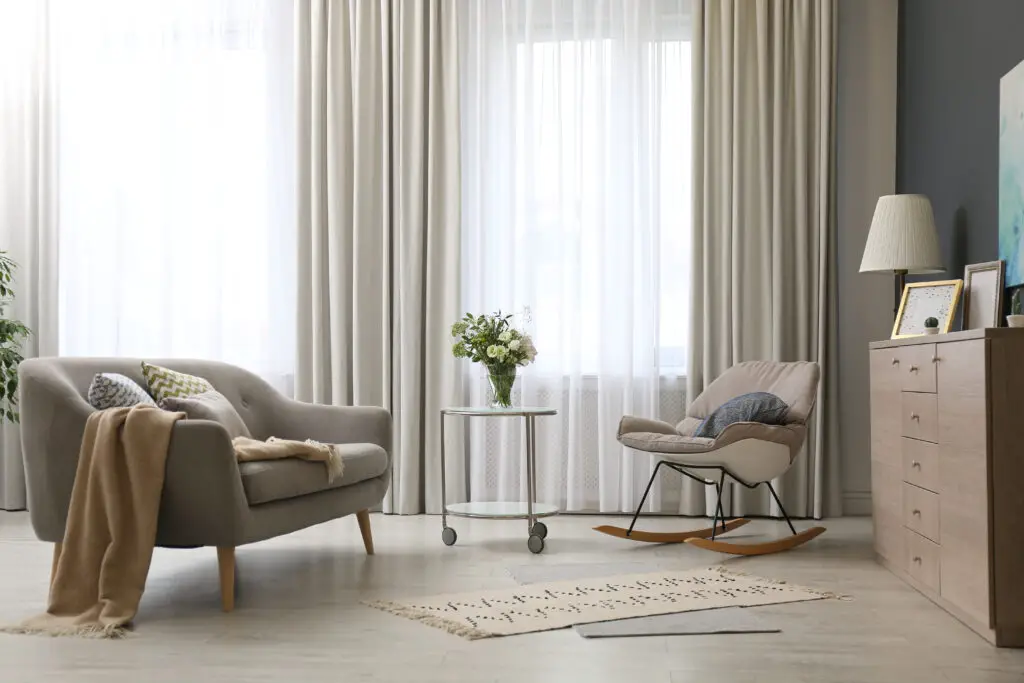
In some parts of Europe, especially during the Middle Ages, people avoided having an even number of windows in a home. The idea was that odd numbers brought balance and kept spirits confused. Some believed that evil spirits traveled in pairs and would slip in more easily through even-numbered windows.
As a result, you’ll find older cottages with three or five oddly spaced windows, defying symmetry. Even if it made the house look off-kilter, superstition ruled over aesthetics. This extended to chimneys and doorways in some places too. Architects today may not follow this rule, but old buildings sometimes reveal the thought process behind their quirky charm. It’s proof that design and fear were once closely intertwined.
12. Creating Maze-like Entry Paths
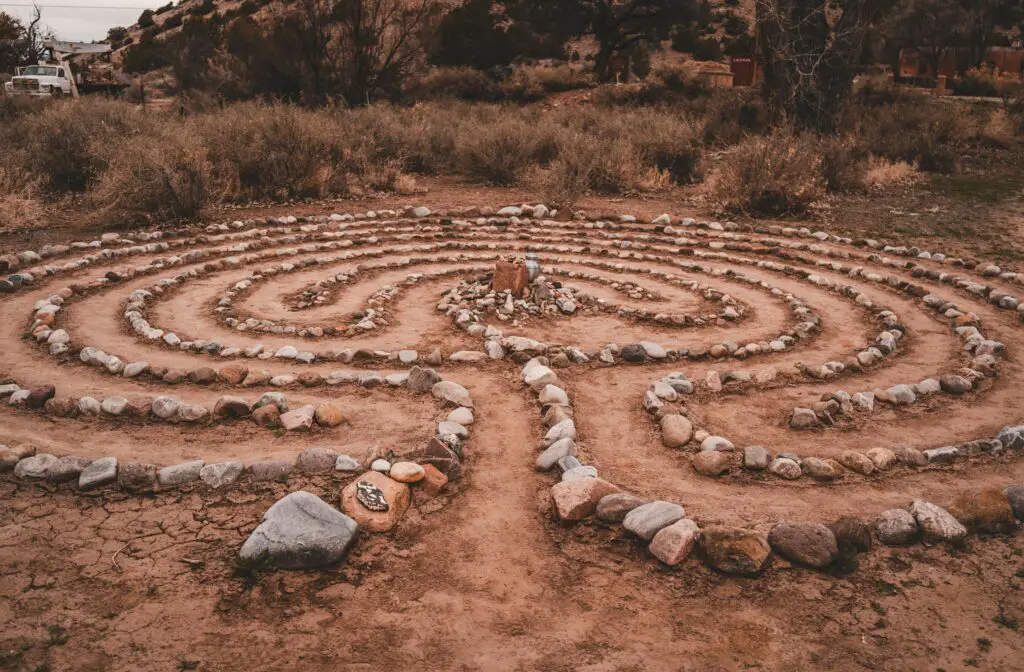
In parts of Asia and Eastern Europe, it was thought that spirits could only travel in straight lines. To keep them out, homes were built with winding entry paths or deliberately angled gates. The idea was to confuse and delay any evil presence trying to sneak in.
Some houses even had hedge mazes or crisscrossing stones leading to the front door. It wasn’t about landscaping beauty—it was ancient protection disguised as style. You might still spot this in traditional Chinese courtyard homes or in old manors with zigzag walkways. The idea of slowing down unwanted energy with clever design has stuck around. Sometimes the long way home was the safest way in.
